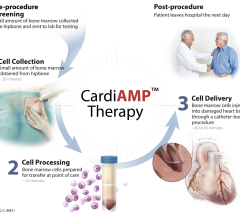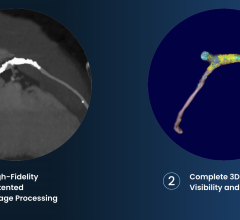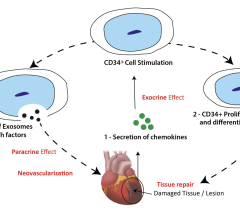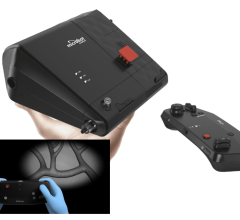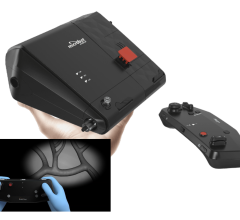
September 13, 2011 – A new study finds that infections following cardiac device implantations or replacement result in extremely high costs, both financially and in terms of patient mortality, even months after affected patients return home. Infections associated with pacemakers and defibrillators led to 4.8 to 7.7-fold increases in admission mortality, 1.6 to 2.1-fold increases long term mortality, 2.5 to 4-fold increases in hospital length of stay, and 1.4 to 1.8-fold increases in cost compared to pacemaker and defibrillator implantations without infection. Surprisingly, more than one-third of the excess mortality occurred after hospital discharge.
These findings, from a study of more than 200,000 Medicare beneficiaries receiving pacemaker and defibrillator implantations, with and without infection, were published today, via ePub, by the Archives of Internal Medicine. The study risk-adjusted the outcomes for comorbidities and demographic characteristics.
“While healthcare reform has been a subject of intense debate lately, unfortunately, most attention and work has been centered on payment or insurance reform and little attention is being paid to reforming healthcare delivery and cost savings by disease prevention,” said M. Rizwan Sohail, M.D., assistant professor of medicine, Mayo Clinic College of Medicine, Rochester, Minn., lead author of the new study. “However, in our current analysis, we have tried to bring the focus back to where it should be, and that is the enormous cost of complications and mortality associated with complex medical procedures. Prevention of these infectious complications can lead to major cost savings and improve survival in this group of patients.”
Key Findings From the Study
• The in-hospital mortality rate for pacemaker and defibrillator implantation admissions, with an infection, was 4.8-7.7-fold the rate for non-infected admissions, depending on the device type.
• The longer-term mortality rate (death during the admission quarter and following year) was 27-35 percent, about 1.6 to 2.1-fold the rate without infection, depending on the device type.
• The mean hospital length of stay (LOS) with infection was 2.5 to 4-fold the length of stay without infection.
• Mean total hospitalization cost for pacemaker and defibrillator patients with infection was 1.4-1.8 fold the cost for those without infection, depending on the type of device. The mean standardized incremental costs related to the treatment of the infection ranged from an average of $16,208 for pacemaker infections to $16,498 for certain types of defibrillators. The Medicare analysis revealed that the cost of managing the most extreme situations exceeded $1 million.
“Pacemaker and [implantable cardiac defibrillator] ICD therapies are invaluable tools in treating heart disease. The ‘2010 American Heart Association/Heart Rhythm Society Scientific Statement on Cardiac Implantable Electronic Device (CIED) Infections and their Management’ identified the need for more precise data on the clinical impact and economic burden of pacemaker and defibrillator infections,” said Daniel Lerner, M.D., chief medical officer of Tyrx Inc. “This large population study in a broad spectrum of patients provides important information on the significant impact that cardiac device infections have on mortality, morbidity, and health care costs. These findings further underscore the need for infection prevention as a key component of the larger health care imperative to reduce mortality, morbidity and health care costs.”
The new study was conducted with financial support from Tyrx Inc. The company commercializes implantable combination drug plus device products focused on infection control, including the AigisRx Antibacterial Envelope and Flat Sheet technologies, designed to reduce surgical-site infections associated CIEDs. AigisRx products contain antimicrobial agents, rifampin and minocycline, which have been shown to reduce infection by organisms representing a majority of the infections reported in implantable pacemaker and defibrillator related endocarditis, including superbugs or MRSA.
For more information: www.tyrx.com

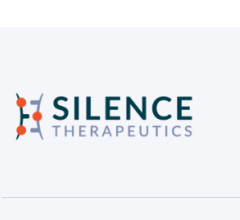
 November 18, 2024
November 18, 2024 

